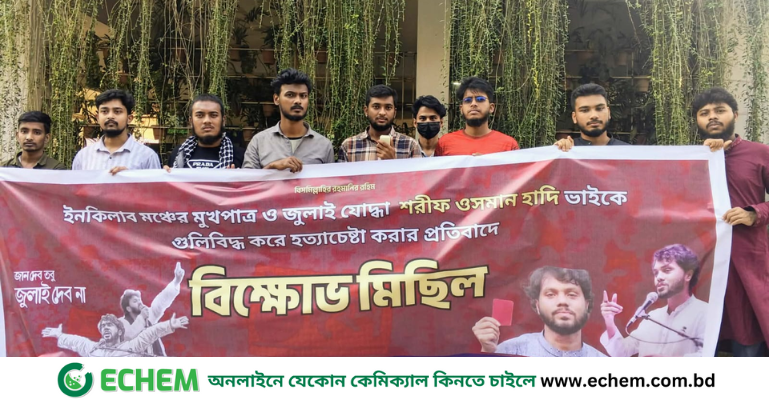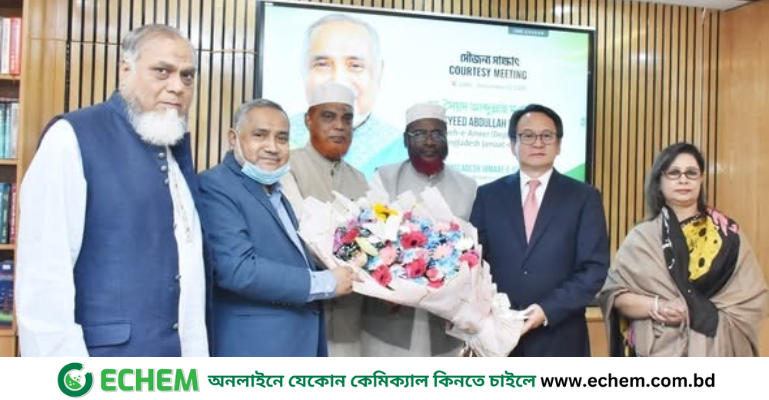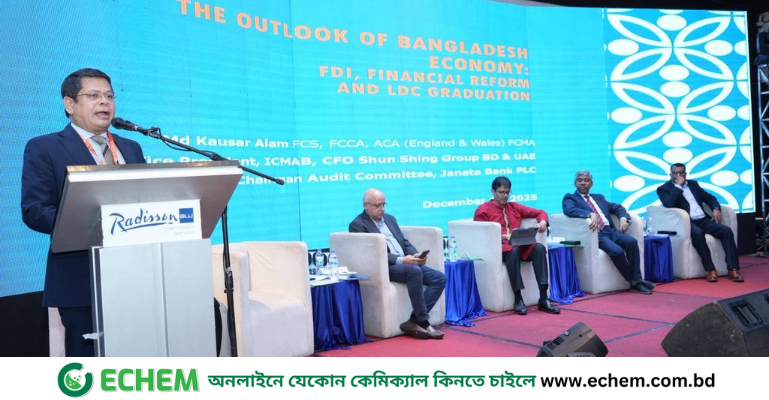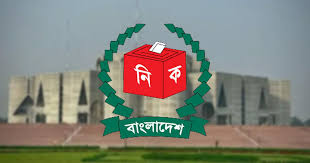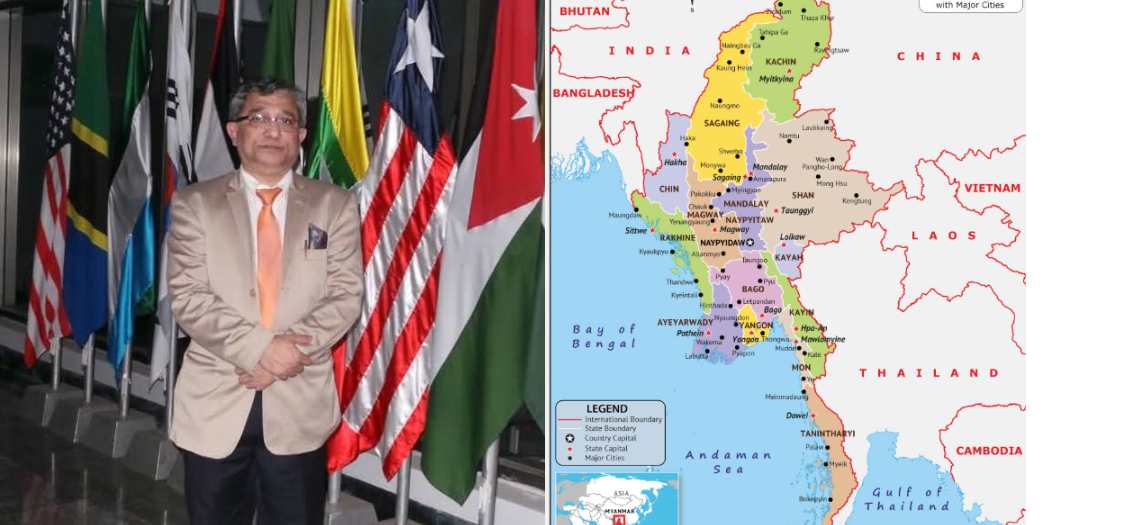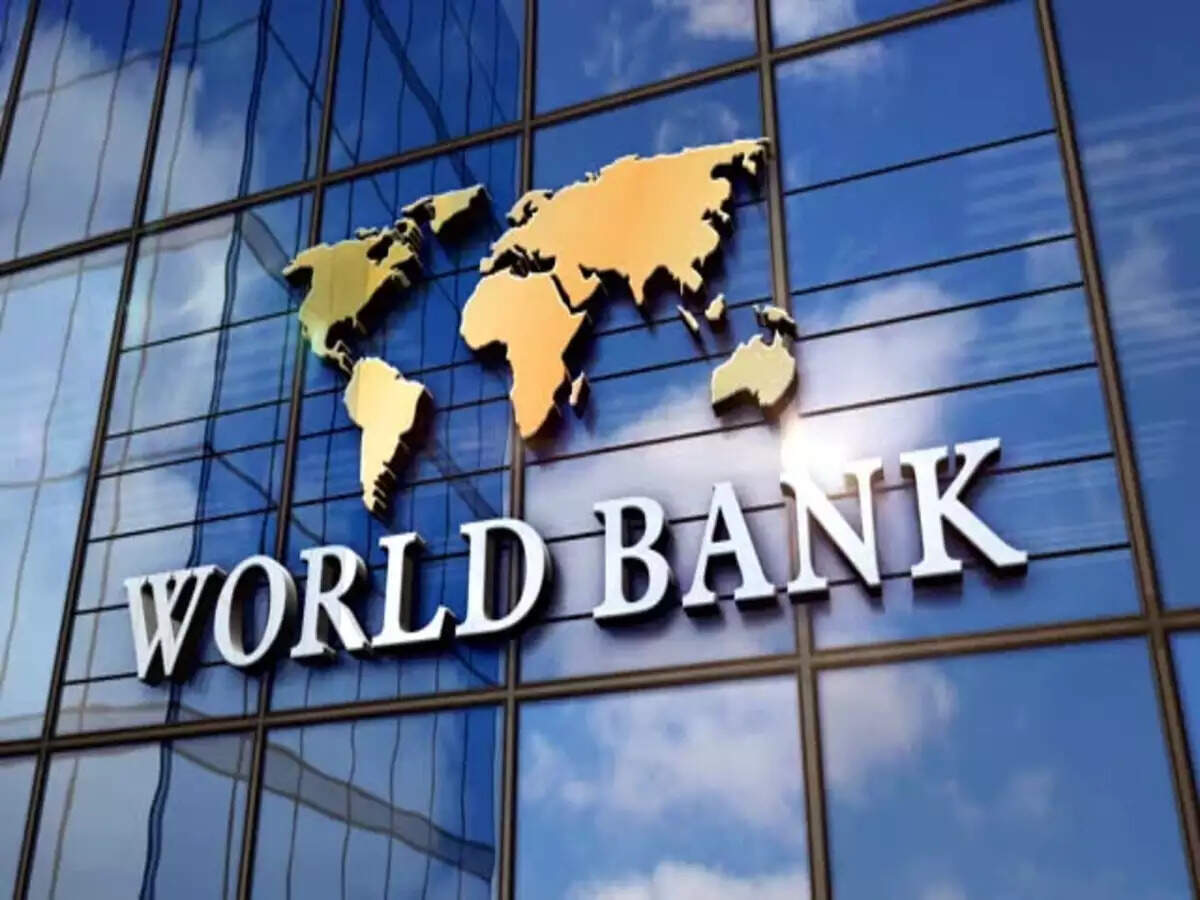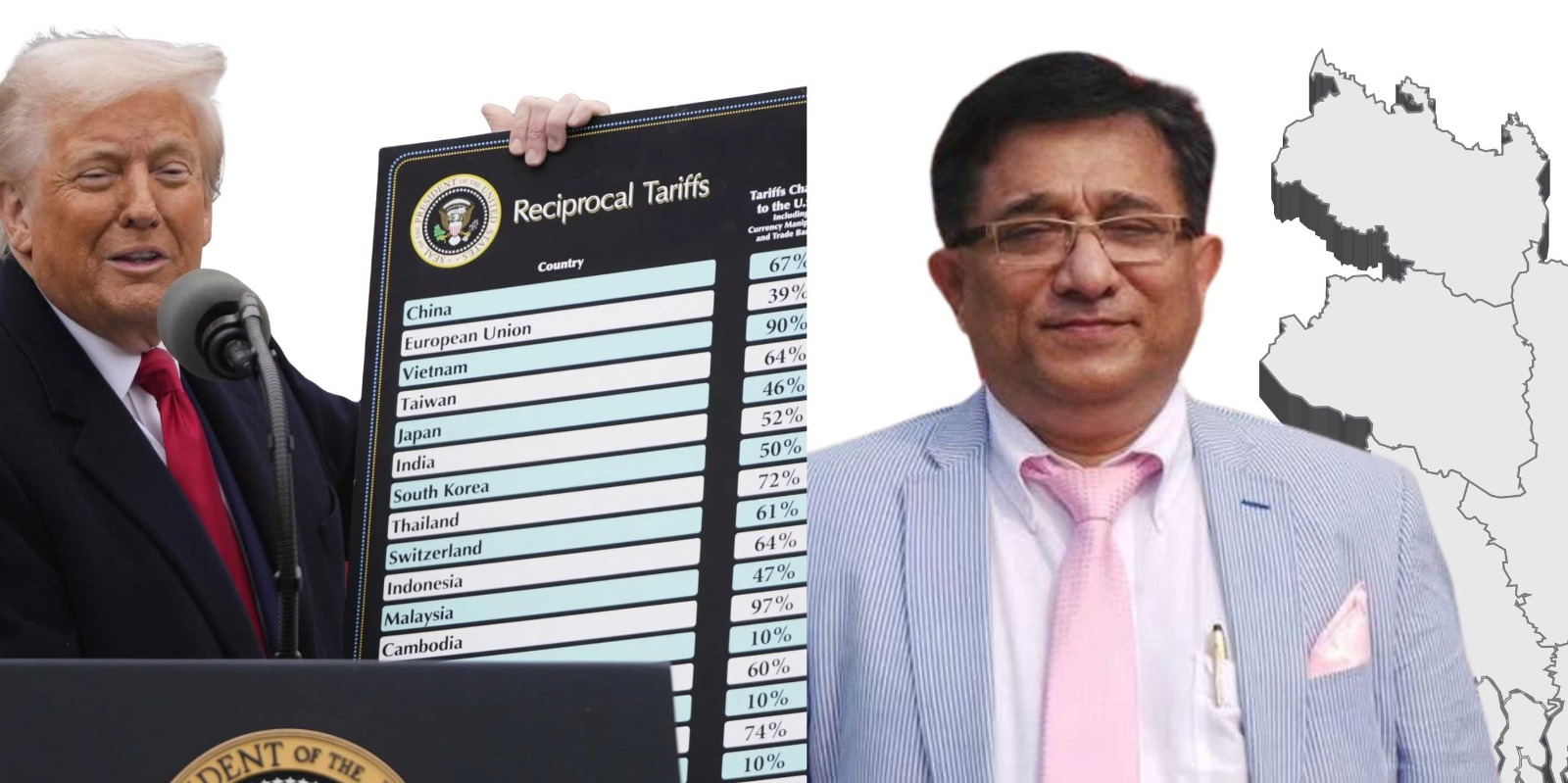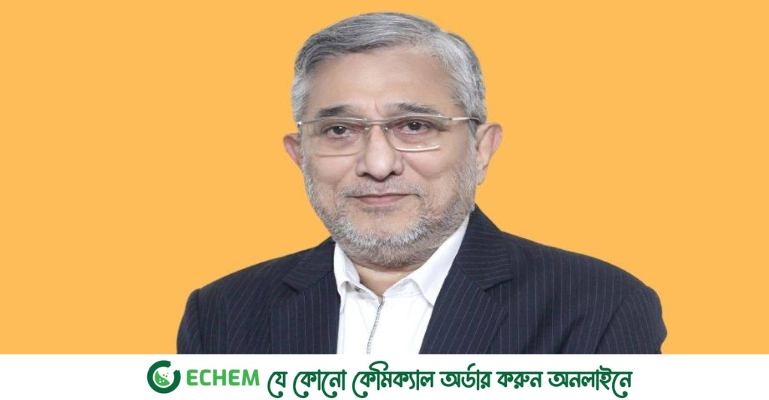Prof. Syed Ahsanul Alam Parvez:
In recent weeks, global attention has increasingly turned toward Myanmar's Kachin State—not only due to military conflict but also due to its strategic mineral resources and the unexpected softening of U.S. sanctions on Myanmar's military-aligned enterprises. This convergence of geopolitics, war, and resource extraction presents a complex and rapidly evolving picture of the region’s future. Khachin issue has become critically important as it’s not only involved rope pulling between USA and China but also is pertinent to Myanmar, Rakhine, India and Bangladesh. Let us examine some important facts: -
Rare Earths at the Heart of the Struggle
Kachin State, located in Myanmar’s north, is now considered one of the most crucial regions in Southeast Asia for the supply of heavy rare-earth elements—specifically terbium and dysprosium, essential for defense systems, renewable energy technologies, and advanced electronics. Over the last few years, nearly all of Myanmar’s rare-earth output—much of which is exported to China—has come from remote mining zones near Pangwa and Chipwi in Kachin.
However, since early 2024, these lucrative mining areas have fallen into the hands of the Kachin Independence Army (KIA), one of Myanmar’s largest ethnic armed groups. Through a sweeping offensive dubbed “Operation 0307,” the KIA has seized control of strategic territories formerly governed by the junta-backed Border Guard Forces (notably the NDA-K). These include not only mining sites but also vital trade corridors, such as the Myitkyina–Bhamo road, which connect Myanmar to Yunnan province in China.
As a result of the KIA’s territorial gains, Myanmar’s rare-earth exports to China have plummeted—sending global prices of key elements skyrocketing. This disruption has made the KIA a key player in the international rare-earth market, something previously unimaginable in Myanmar's long civil war. China, Myanmar’s largest trade and defense partner, has expressed growing concern over the instability and has reportedly pressured both the junta and armed groups to de-escalate fighting near mining areas. Meanwhile, Chinese arms and drones continue to support junta counter offensives to regain control.
The U.S. Lifts Select Sanctions—Signal Version Strategy?
In a move that surprised many analysts, the United States on July 24–25, 2025, lifted sanctions on several Myanmar-based individuals and firms with alleged junta connections. The U.S. Treasury’s decision removed restrictions on KT Services & Logistics, MCM Group, and Suntac Technologies. These entities were known for their involvement in logistics, telecom infrastructure, and industrial services—critical to the junta's survival.
Although U.S. officials were quick to clarify that the decision “does not signal a broader change” in Myanmar policy, the timing raised questions. Just days earlier, a senior Myanmar general had praised President Donald Trump in a letter that gained attention in Washington. Critics argue the easing of sanctions may reflect a backchannel diplomatic maneuver or an attempt to gain leverage over China in the race for rare-earth access.
At the same time, reports emerged that Trump’s foreign policy advisers had received multiple proposals to secure rare-earth access from Myanmar, bypassing Chinese supply chains. These proposals included cooperating directly with the KIA, brokering ceasefires between the rebels and junta, or partnering with India—under the Quad strategic framework—to develop refining capabilities and stabilize mineral flows.
Shifting Conflict Zone
While diplomatic strategies play out behind closed doors, the battlefield in Kachin remains highly active. The KIA continues to expand its territorial control across Kachin and neighboring northern Shan State. Key towns such as Pang War, Lanse, Hpakant, Mansi, and Bhamo have either fallen to rebel control or are under siege, cutting off junta logistics and weakening its grip on northern Myanmar. The KIA’s alliance with other ethnic armed groups and the broader “Three Brotherhood Alliance” has solidified a resistance front that now holds significant leverage—not just militarily but economically, through control over rare-earth resources.
Although international media mostly focuses on Rakhine or the Rohingya crisis, Kachin’s conflict has arguably become Myanmar’s most strategic front, due to the fusion of insurgency and resource control. The humanitarian impact is severe as well—thousands have been displaced, and access to food and medical aid remains limited in conflict-affected areas.
A Strategic Tug of War
The developments in Kachin reflect a deeper global contest for critical minerals, especially as the U.S. and China intensify their competition over technological dominance. Myanmar has unexpectedly become a battlefield in that contest—not only for its civil war insurgency but for the control of a commodity that powers satellites, batteries, and advanced weaponry.
For the United States, the choices are complicated. Supporting the KIA or building relations with ethnic armed groups could destabilize diplomatic norms and pose risks in international law. Conversely, engaging with the junta for mineral access would clash with its long-standing human rights and pro-democracy stance. Meanwhile, the junta seeks to regain control over lost mining zones, backed quietly by China, which is desperate to maintain access to rare-earths as it tightens exports to the West. USA can not sit in the pavilion to see the game.
Conclusion
Kachin State today is no longer just a peripheral war zone in Myanmar’s long internal conflict. It is emerging as a geopolitical fault line where global interests intersect. Rare-earths are at the heart of the tension, driving renewed conflict, foreign interference, and policy recalibrations from Washington to Beijing.
For the U.S.A this might not mean any major strategic shift, the lifting of sanctions, ongoing backchannel proposals, and diplomatic engagements with multiple stakeholders reveal a deeper recalibration is underway Khachin. Whether this results in meaningful engagement with KIA-held territories or a new proxy conflict over critical minerals remains in the hand of the future—but Kachin’s relevance in global affairs is now undeniable Khachin may turn into a hot of regional war.
Writer: Prof. Syed Ahsanul Alam
Gro-political Economist and Chairman, NBER.
